Chimney flashing is where most leaks start, and we know how to install it properly so water stays out for years. Step flashing along the sides, back pan flashing across the top, and proper integration with your roof system using quality materials and proven methods.
Chimney repair services in Roswell, GA
When your chimney starts leaking or showing wear, you need repairs that actually solve the problem for good. Our local crew has been fixing chimney issues around Roswell for years - from flashing leaks to crown repairs to weathering damage. We use proven methods and quality materials to keep chimneys working properly.
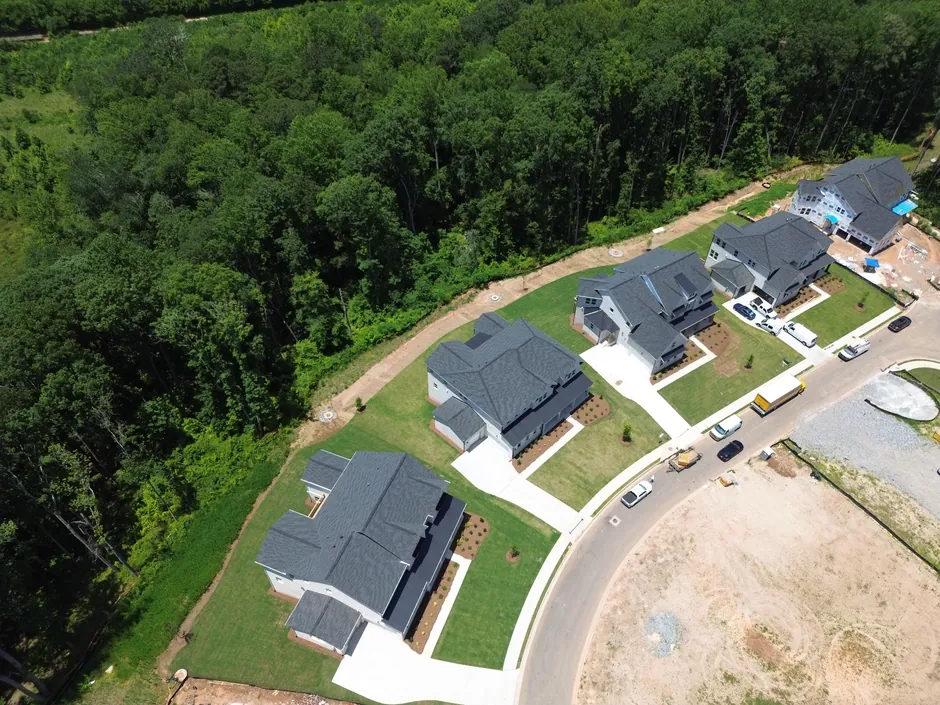
Chimney problems that actually get solved
Chimneys take more weather abuse than any other part of your roof, and eventually that shows up as leaks, loose bricks, or deteriorating mortar joints. We've been fixing these problems around Roswell long enough to know what works and what's just a temporary patch that'll fail next winter. Most chimney problems start small - a little gap in the flashing, some weathered mortar, or a crack in the crown that lets water seep in. Left alone, these turn into bigger headaches like water damage inside your house or structural problems that cost serious money to fix properly. We handle the roofing side of chimney repairs - flashing systems that keep water out, crown repairs that protect the top, and coordination with masonry work when needed. We're not brick masons, but we know which problems we can fix and when you need a chimney specialist for structural issues. Been climbing around Roswell chimneys long enough to spot trouble before it gets expensive. Every chimney ages differently depending on how it was built and what weather has thrown at it, but most problems follow predictable patterns that we've learned to recognize and fix properly.
Flashing repairs that actually stop leaks
Crown and cap repairs that last
Chimney crowns and caps take direct weather exposure and need occasional attention to prevent water damage. We repair cracks, replace deteriorated caps, and rebuild crowns when needed using materials that handle Georgia weather extremes.
Honest assessment of what needs fixing
We'll tell you honestly what needs immediate attention versus what can wait. Some chimney problems look scary but aren't urgent, while others seem minor but need fixing soon. You get straight answers about priorities and timing.
Coordination with masonry specialists
When chimney problems involve structural masonry work, we coordinate with trusted specialists who handle brick and stone repairs. We manage the roofing aspects while ensuring all the trades work together for complete solutions.
Flashing leaks that most people miss
Chimney flashing is probably the most misunderstood part of roofing, and that's why so many chimney leaks keep coming back after someone "fixes" them. The flashing system around chimneys isn't just one piece of metal - it's a carefully designed system of step flashing along the sides and back pan flashing across the top that works with your roof to shed water properly. When flashing fails, water gets behind it and travels unpredictable paths before showing up as leaks inside your house. We see a lot of failed repairs where someone just slapped roofing cement around the chimney base and called it fixed. That might work for a few months, but it's not addressing the real problem. Proper chimney flashing requires removing old materials, preparing surfaces correctly, and installing new flashing with appropriate overlaps and integration points. Step flashing pieces need to be woven into the shingle courses so water flows over them naturally. Back pan flashing needs proper slope and drainage so water doesn't pool behind the chimney. Everything gets sealed appropriately, but the flashing itself does the real work of keeping water out. We've repaired plenty of chimneys where previous "fixes" failed because someone didn't understand how flashing systems actually work. Good flashing repair costs more than quick patches, but it solves problems permanently instead of just postponing them until the next heavy rain.
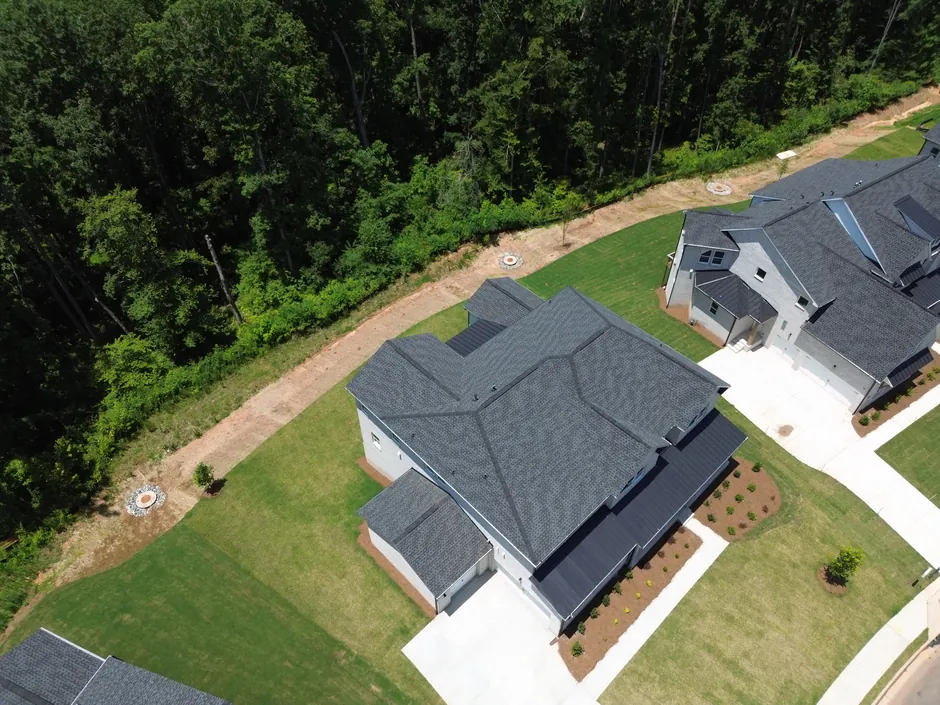
Crown problems that start small and get expensive
Chimney crowns are the concrete caps that cover the top of your chimney, and they take a beating from Georgia weather. Summer heat makes them expand, winter cold makes them contract, and all that movement eventually creates cracks where water can get in. Small crown cracks might not seem like much, but water that gets into those cracks can freeze during cold snaps and make the cracks bigger. Before you know it, you've got serious structural problems that cost thousands to fix instead of hundreds. We catch crown problems early and repair them before they become major headaches. Small cracks can often be sealed effectively with quality materials that flex with temperature changes. Larger cracks or deteriorated areas might need partial rebuilding, and completely failed crowns need full replacement. The key is addressing problems while they're still manageable instead of waiting until the whole crown needs rebuilding. We also install proper chimney caps when crowns are repaired - these metal covers protect the crown from direct weather exposure and help prevent future problems. Caps also keep animals out of your chimney and improve draft performance, so they're worthwhile investments even when crowns are in good condition. Crown repair isn't glamorous work, but it's essential for protecting your chimney investment and preventing water damage that can affect your whole house.

Weathering damage that happens gradually
Chimneys are basically tall structures sticking up from your roof with no protection from weather, so they age faster than other parts of your house. Mortar joints between bricks deteriorate from freeze-thaw cycles, brick faces can spall from moisture infiltration, and metal components rust from constant exposure to humidity and precipitation. Most weathering damage happens gradually over years, so homeowners don't notice problems until they're already significant. We help families understand what's normal aging versus what needs attention to prevent bigger problems. Some mortar deterioration is expected after fifteen or twenty years, but extensive joint failure can let water into the chimney structure and cause problems throughout the system. Spalling bricks often indicate moisture problems that need to be addressed at their source, not just patched cosmetically. Metal components like caps, dampers, and flashing need periodic inspection and maintenance to prevent rust damage that can be expensive to repair. We assess weathering damage honestly and help homeowners prioritize repairs based on what's most critical for preventing water infiltration and structural problems. Sometimes weathering damage is mostly cosmetic and can wait for convenient scheduling. Other times it's affecting the chimney's function and needs prompt attention. We explain what we find and help you make informed decisions about timing and priorities for different types of repairs.
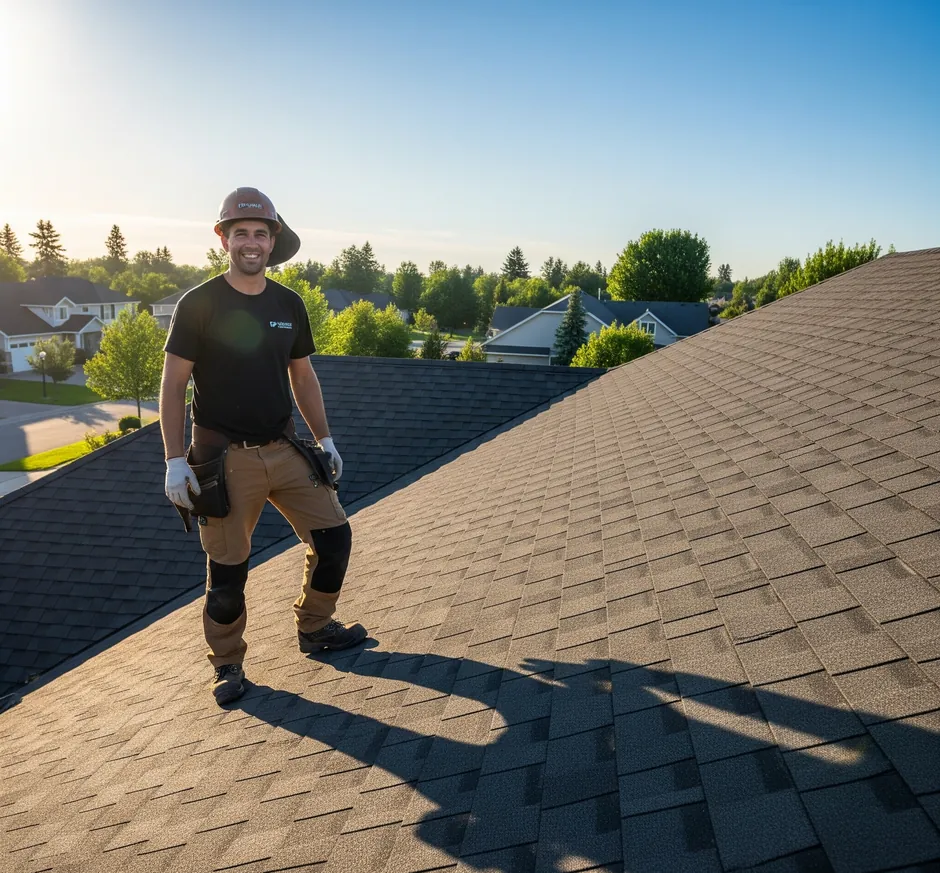
Coordinating roofing and masonry work
Chimney repairs often involve both roofing and masonry work, and getting these trades to work together properly makes the difference between lasting repairs and problems that come back in a year or two. We handle all the roofing aspects - flashing systems, roof integration, and weather protection - while coordinating with masonry specialists when structural work is needed. Good coordination means understanding which problems each trade needs to address and making sure the work sequence makes sense. Sometimes masonry work needs to be completed before roofing repairs can be done properly. Other times roofing problems are causing masonry damage and need to be fixed first to prevent ongoing deterioration. We've developed relationships with reliable masonry contractors who understand how chimney systems work and do quality work that integrates well with roofing repairs. This means you don't have to coordinate multiple contractors yourself or worry about different trades blaming each other when problems develop. We also understand which repairs we can handle ourselves versus when specialized masonry work is needed. Simple mortar repairs and minor brick replacement are within our capabilities, but structural rebuilding or complex masonry restoration requires specialists with appropriate training and equipment. Honest assessment of what each trade should handle prevents problems and ensures you get quality results from qualified professionals.
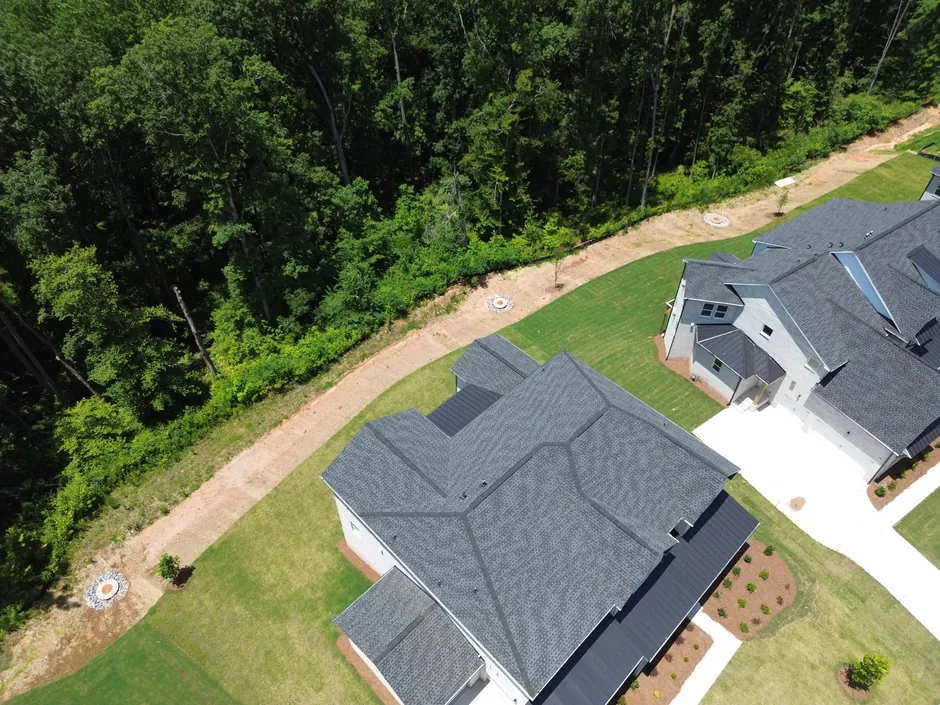
Preventing water damage from chimney problems
Water damage from chimney problems can be expensive and sometimes doesn't show up until significant damage has already occurred. Water that gets past flashing or through crown cracks can travel unpredictable paths before appearing as stains on walls or ceilings, sometimes far from the chimney itself. By the time homeowners notice interior water damage, the problems causing it might have been developing for months or years. We help prevent water damage by addressing chimney problems before they create interior issues. Regular inspections can catch flashing separation, crown cracks, or cap deterioration while they're still manageable repairs instead of major reconstruction projects. We also help homeowners understand warning signs that might indicate developing chimney problems - water stains near fireplaces, musty odors in rooms adjacent to chimneys, or white staining on exterior brick surfaces. Early intervention prevents most serious water damage and keeps repair costs reasonable. When we do find chimney problems that have already caused water damage, we coordinate with restoration professionals who can address interior damage while we handle the roofing repairs that prevent ongoing infiltration. Stopping the source of water problems is always the first priority, followed by repairing any damage that's already occurred. Prevention is much cheaper than restoration, which is why we encourage regular attention to chimney maintenance and prompt repair of problems while they're still small.
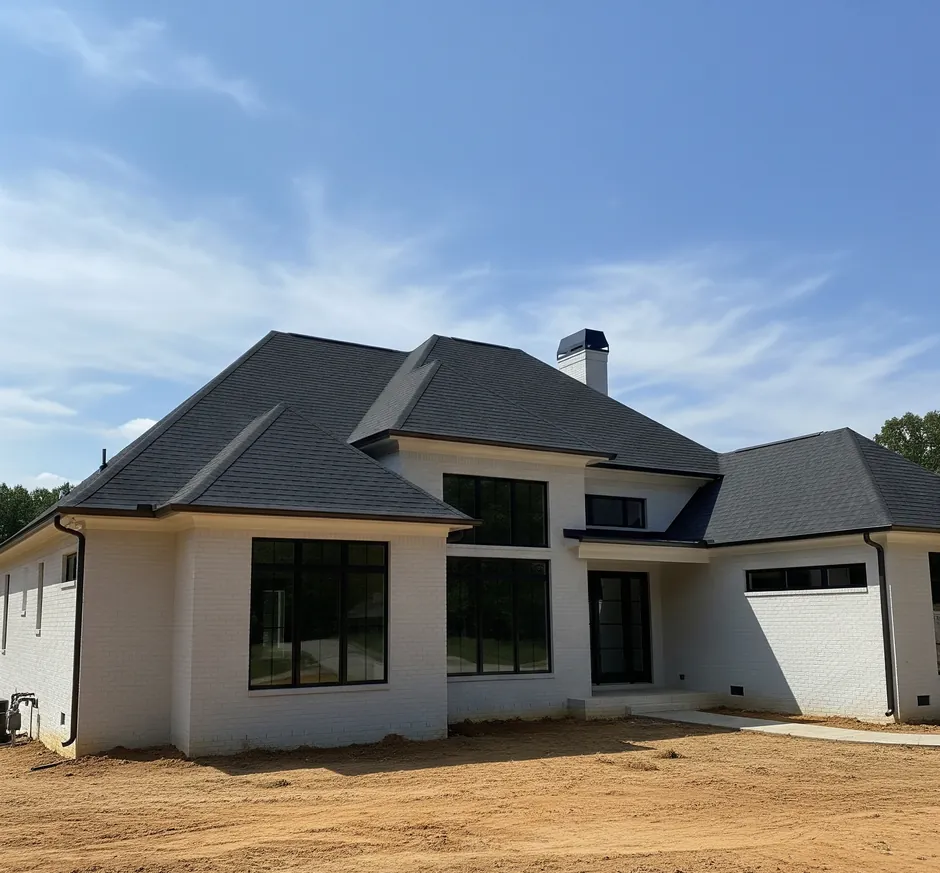
Understanding chimney repair costs
Chimney repair costs vary widely depending on what's actually wrong and what it takes to fix it properly. Simple flashing repairs might cost a few hundred dollars, while complete crown rebuilding or structural masonry work can run into thousands. We provide honest estimates that explain what work is needed and why, so you understand what you're paying for and can make informed decisions about timing and priorities. Some chimney problems need immediate attention to prevent water damage or safety issues. Others can be planned and budgeted for over time, especially if they're caught early while repairs are still manageable. We help homeowners understand which category their problems fall into and what happens if repairs are delayed. Emergency chimney repairs after storm damage cost more because they require immediate response and sometimes temporary measures to prevent further damage. Planned maintenance and repairs during good weather are more cost-effective and allow time for proper material selection and careful installation. We also distinguish between repairs that restore function versus improvements that enhance performance or appearance. Basic repairs focus on stopping leaks and preventing further damage. Upgrades might include better caps, improved flashing systems, or enhanced weather protection that goes beyond minimum requirements. Both types of work have their place, but understanding the difference helps with budgeting and decision-making about what's essential versus what's optional for your specific situation and budget.
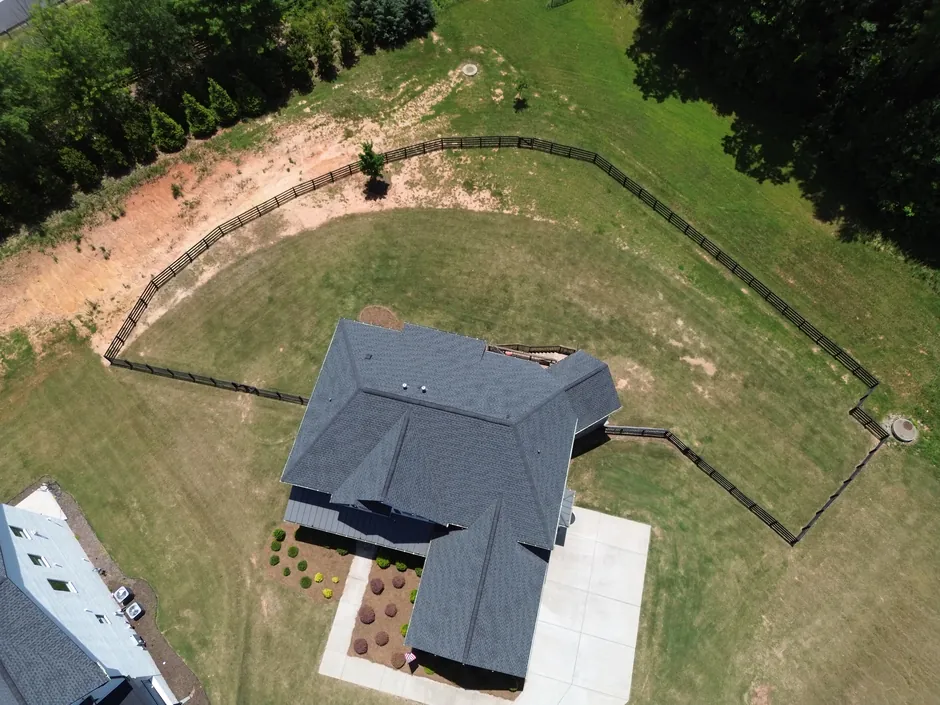
Chimney maintenance that prevents big problems
Most expensive chimney problems could be prevented with regular attention to maintenance and early repair of small issues. We help homeowners understand simple maintenance tasks that extend chimney life and prevent costly repairs. Annual inspections can catch problems while they're still manageable - loose flashing, small crown cracks, or deteriorating mortar joints that need attention before they become structural issues. We also provide guidance on what homeowners can safely check themselves and when professional inspection is needed. Simple maintenance includes keeping tree branches trimmed away from chimneys, ensuring caps and screens stay in place, and watching for obvious problems after storms. More detailed inspections require getting on roofs and checking components that aren't visible from the ground, which is where professional help makes sense. We schedule maintenance visits during mild weather when work conditions are safe and comfortable, and problems can be addressed before they become urgent. Maintenance visits also provide opportunities to assess chimney performance and identify potential improvements that could prevent future problems. Sometimes simple upgrades like better caps or improved flashing details can prevent years of maintenance headaches. Regular maintenance isn't exciting, but it's much cheaper than major repairs and keeps chimneys working properly for decades. We help homeowners develop realistic maintenance schedules based on their chimney's age, condition, and exposure to weather extremes.
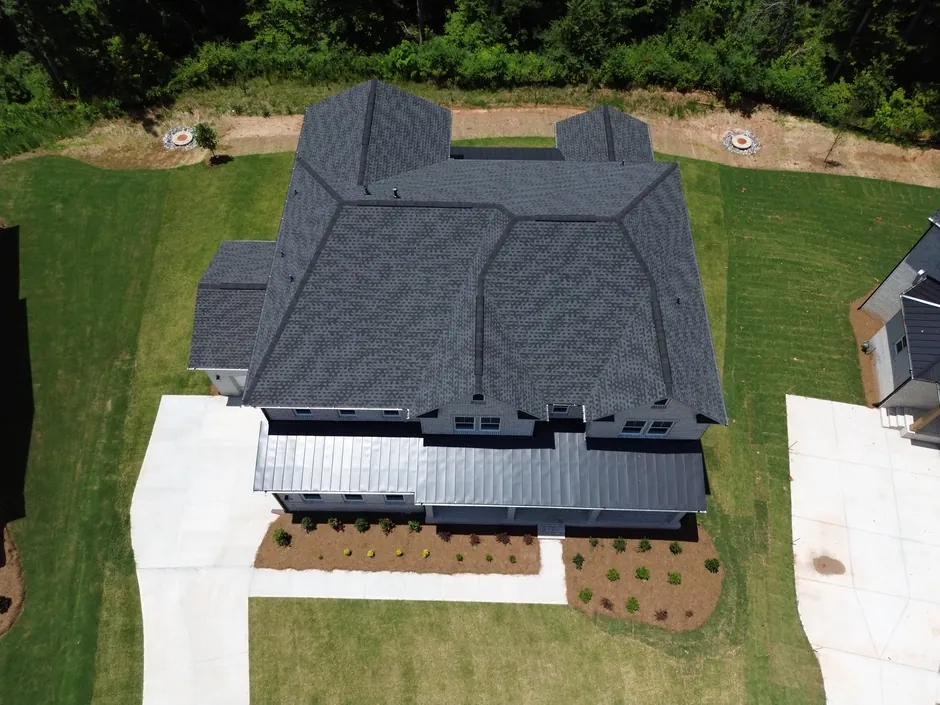
Signs your chimney needs professional attention
Chimneys give warning signs when they need attention, but you have to know what to look for since many problems aren't obvious from casual observation. Water stains on walls or ceilings near fireplaces often indicate flashing problems or crown issues that need prompt repair. White staining on exterior brick surfaces usually means water is getting into the masonry and could indicate serious moisture problems. Rust stains on brick or around the fireplace damper suggest water infiltration that's affecting metal components. Musty odors in rooms adjacent to chimneys can indicate moisture problems or animal intrusion through damaged caps or screens. Loose or missing mortar between bricks is an obvious sign that masonry maintenance is needed. Cracked or deteriorated chimney crowns often show visible damage that gets worse quickly if not repaired. Interior fireplace problems like poor draft, smoke entering the room, or unusual odors might indicate structural issues that need professional assessment. Some chimney problems are seasonal - ice dams that form around chimney bases during winter weather, or animal activity that increases during nesting seasons. We help homeowners distinguish between problems that need immediate attention versus those that can be planned for convenient scheduling. Understanding warning signs helps catch problems early when repairs are simpler and less expensive than waiting until obvious failures occur.
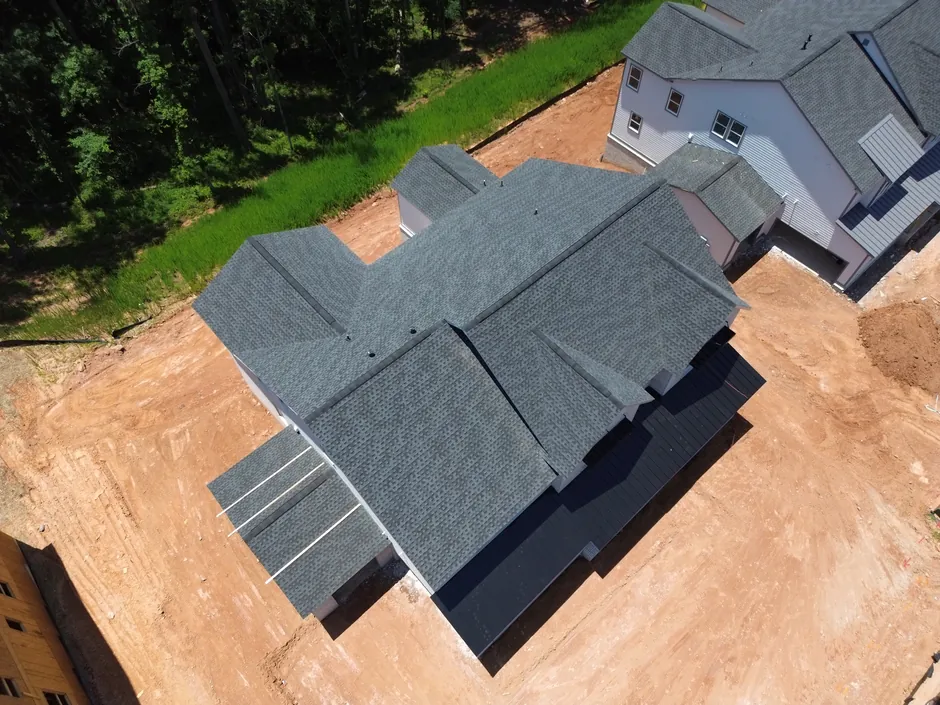
Chimney giving you problems?
Don't let small issues turn into expensive water damage or structural problems. We'll take a look, explain what's going on, and fix it properly so your chimney keeps doing its job for years to come.
Schedule Chimney Repair- Phone: (470) 888 0030
- Address: Roswell, GA